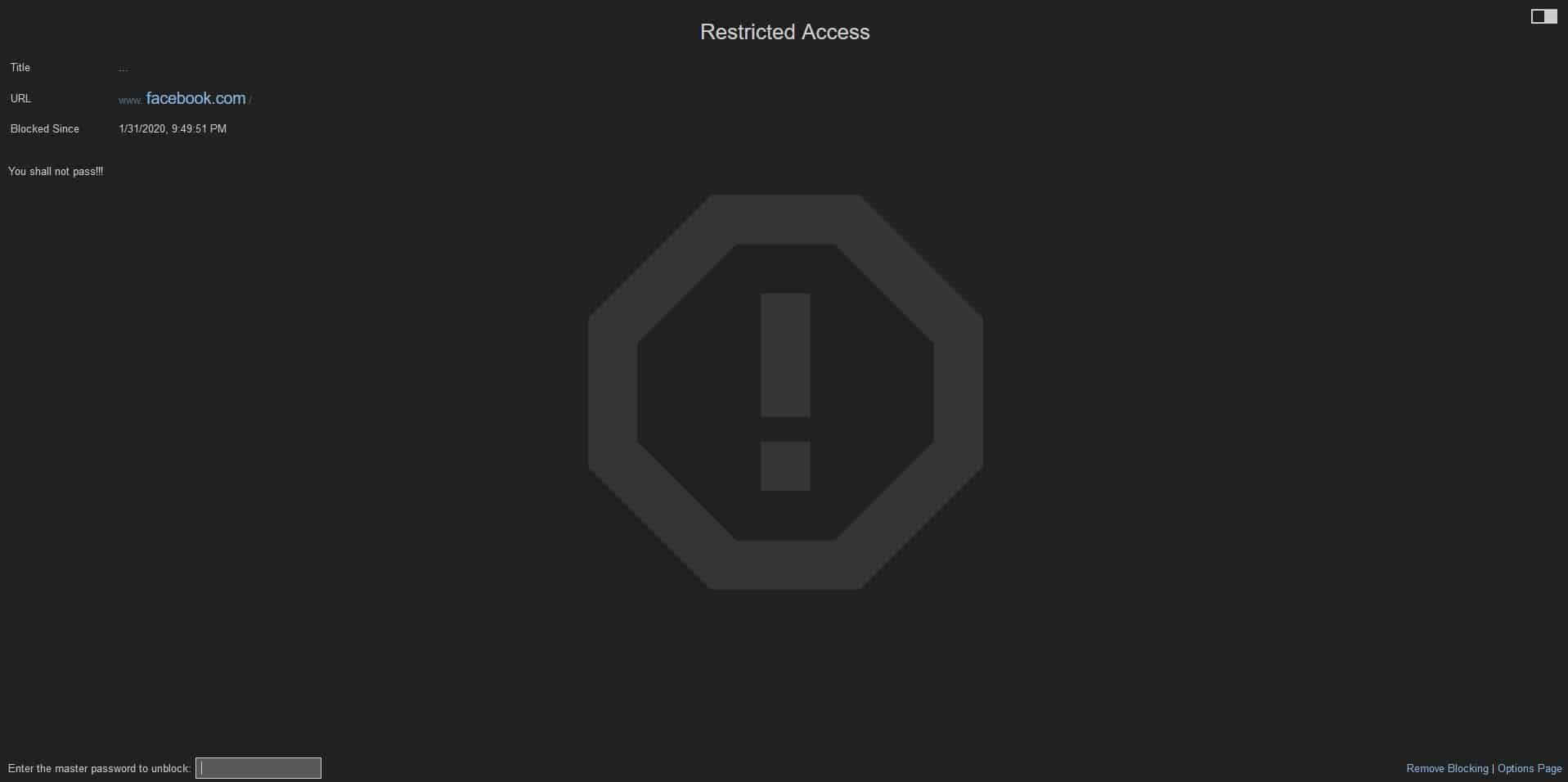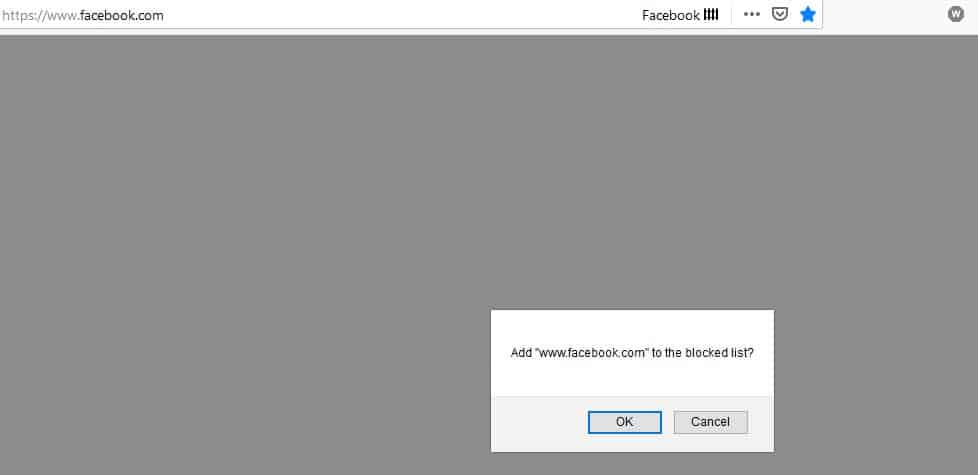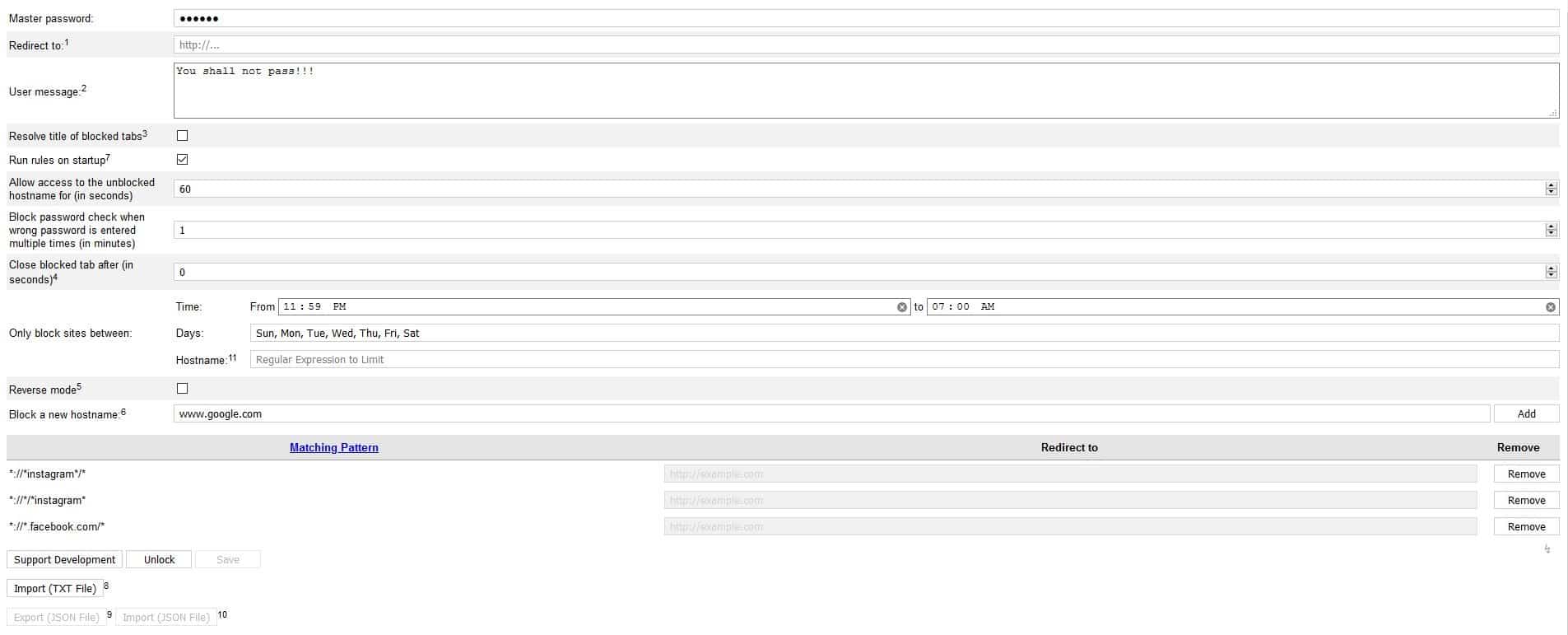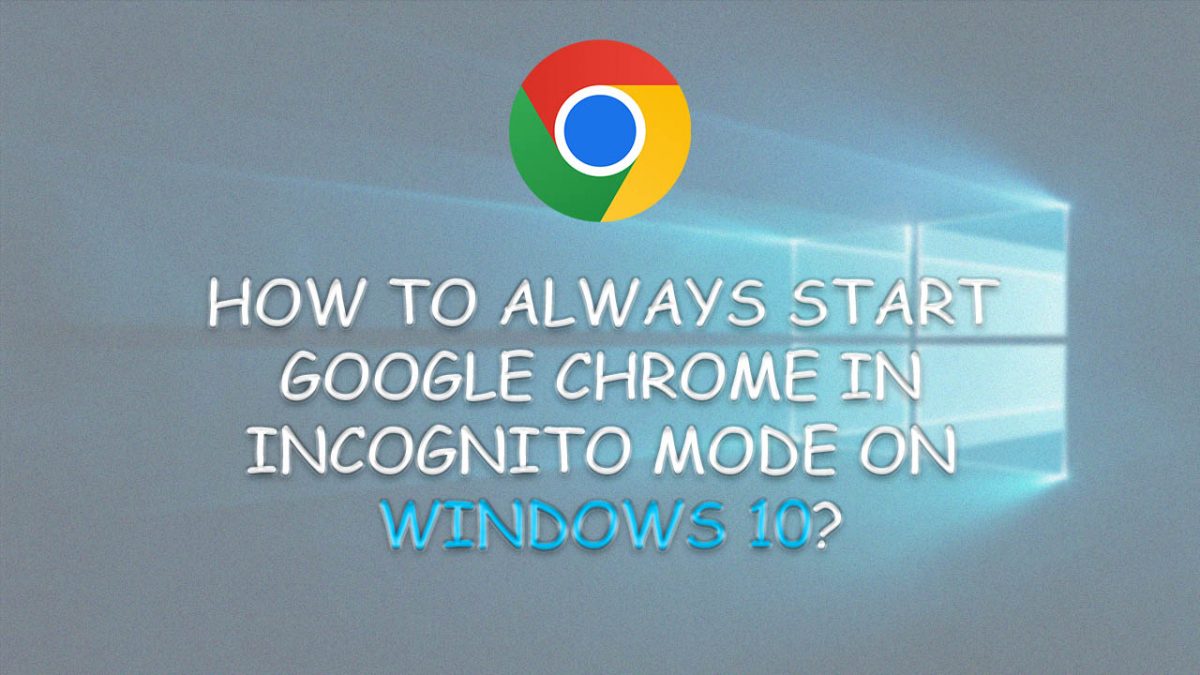Block websites with a master password using the Block Site extension for Firefox and Chrome

Do you share your computer with someone? Do you want to restrict access to some websites in Firefox and Chrome? Or do you want to limit your access to sites in those browsers to avoid spending too much time on these sites.

A simple way to this without installing blocking software or internet filters is to use an extension like Block Site.
The first thing you need to do after installation is head on to the options page to set a master password for the extension; this will prevent other users from modifying Block Site's settings (you can also block yourself by forgetting the password).
When someone tries to access a blocked site, they will see a Restricted Access banner that says the website is blocked. The message mentions since when the URL has been blocked. The only way to bypass this block is by entering the master password. Blocked websites can be redirected to other pages of your choice, but this is optional. You can even set a custom message that's displayed on the left side of the screen.
The "Resolve title of blocked tabs" option prevents the URL of the site from loading, so your browser won't send any data to the remote server.
Blocking domains
The "Block a new hostname" option is what you'll need to use. There is a URL box there where you can enter the domain name of the website that you wish to block. Enter the URL, like www.website.com and click on the add button.

But it won't block the site when a HTTPS version or a sub-domain is accessed, so instead you should use *.website.com.
For e.g. .facebook.com won't block the website completely. Use *.facebook.com
Block Site supports hostname matching with wildcard rules: *://*keyword*/* and *://*/*keyword*. For e.g. *://*instagram*/* and *://*/*instagram*.
The former blocks domains which contain the word "instagram", while the latter also blocks queries which contain the word. So, even if you search for "instagram" that will be blocked with the second keyword syntax. RegEx is supported too, and the syntax is explained in the options page. Another way to block websites is by visiting the webpages and clicking on the extension's icon. Speaking of which, you can right-click on the Block Site toolbar icon to pause/resume blocking at any time.
Have a list of domains to block? Import a text file to the add-ons options page to add them quickly. Each line can contain one domain that you wish to block.
When you add a website to the block list, click on the Save button to apply the rules immediately. If the button is grayed out, enter the password (the box is at the top) and click on the Unlock button to the left of the Save button, and you'll be able to save the changes.

Unblocking a website
You can unblock websites from the options page or by visiting the domain directly and bypassing it with the password.
The extension will close the blocked tab automatically but you can change this behavior from the settings. There is a scheduler that you can use to only block hostnames at a specified time or day and/or on specific days. The password check can be disabled when a wrong password has been entered many times in a minute (the time can be customized).
Import/Export settings
Use the import/export JSON options to backup your settings and the list of the URLs that you have blocked. This file also contains the master password (can't be exported/imported when the Options have not been unlocked).
You can prevent the extension from being disabled or removed by setting a policy. It's explained on the add-on's official website.
Closing Words
Block Site is primarily used to prevent other people from messing with your browser. It could also be used to boost your productivity by serving as a reminder like "I must not be Tweeting/updating Facebook/chatting while I'm supposed to be working/studying". Hey, I can delete the extension or bypass it since I know the master password. That is entirely up to you.
I wouldn't recommend using it for parental controls simply because it's not a net-filter. You have to enter all the domains you want manually or import a list. It can still be useful if you want to block known bad websites. Wildcards cannot be redirected to a different URL, however. The reverse mode only allows website that have been included in the list, which may be useful for home users, and maybe even at work for small businesses to prevent unauthorized usage of the browser.
Block Site is an open source extension. You can get it for Google Chrome from the Webstore.
Note: Block Site by Ray, should not be confused with BlockSite by Blocksite, which is a different add-on.
Personally, I would have preferred to change the "Restricted Access" page to use some custom text or an image. It may also be nice if there was an option to disable the page altogether, so the person who tried to access the blocked page doesn't know it has been blocked.



























Perfect, ghacks deliver again!
I will install and test it out. Not for kids, but for myself. Since I have encrypted DNS is Firefox, it bypasses long lists of blocked pages in my HOSTS file. This will now became my HOSTS for Firefox:)
Why do I use HOSTS? There is a number of pages which are crawling with fake news, poor content or intrusive ads or other crap. I just ban them forever in my HOSTS so no friend or Facebook link will make me open that page ever again.
Thanks Ashwin.
Good article, as i thought you were Martin, ha.
Martin, you can replace that “restricted access” page with another URL or make you own page.
For example, you can make a local HTML file and put that location in Block Site.
Hint:
file:///C:/blank%20black.HTML
I’ve been using Block Site for years, as an ad blocker for specific pop-up pages, as some sites don’t work with regular ad blockers.
When I’ll have children, if they won’t be able to work around a browser extension, I’d ask myself where exactly have I failed in raising them properly. Or start questioning today’s education system.
Maybe in the future they can’t develop browser extensions because Mozilla will make it impossible.
“The first thing you need to do after installation is head on to the options page to set a master password for the extension; this will prevent other users from modifying Block Site’s settings (you can also block yourself by forgetting the password).”
What’s the point of this extension, disabling it should be enough to bypass the block so mostly useless as parental control, and use ublock origin instead to block nefarious activity.